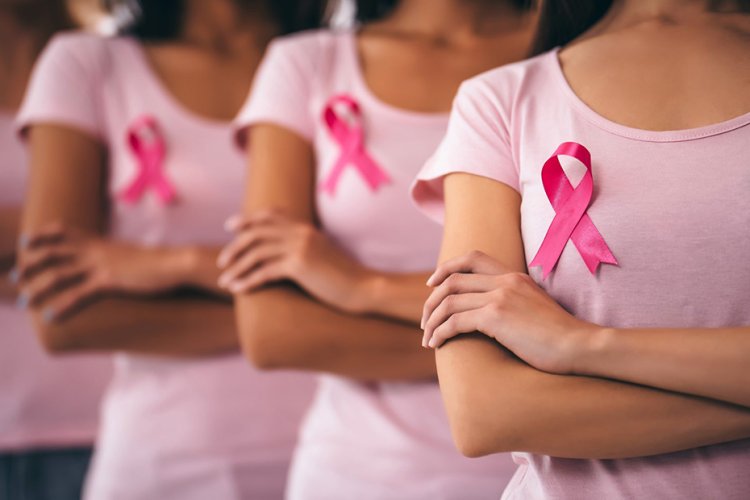The Unique Impact of Cancer on Women
Cancer doesn’t just affect the body; it disrupts lives, families, and entire communities. For women, the impact extends across multiple dimensions:
1. Health & Well-being
Breast, cervical, ovarian, and colorectal cancers are among the most common cancers affecting women. While advancements in treatment have improved survival rates, access to these treatments remains uneven. Women in low-resource settings often struggle with late diagnoses due to limited screening programs, increasing the risk of severe outcomes.
2. Social and Cultural Barriers
In many societies, stigma still surrounds women’s health issues, including cancer. Fear, misinformation, and cultural taboos can prevent women from openly discussing symptoms or seeking medical help. This leads to delayed diagnoses and reduced survival rates.
3. Economic and Workplace Challenges
The financial burden of cancer treatment is significant. Many women face job loss or reduced income due to the demands of treatment and recovery. Additionally, gender disparities in leadership roles within the healthcare sector can mean that women’s specific health needs are often overlooked in decision-making processes.
Most Common Cancers in Women

Understanding the most prevalent cancers among women can help with awareness, prevention, and early detection efforts:
1. Breast Cancer
Breast cancer remains the most diagnosed cancer among women, with 2.3 million new cases reported in 2022. While survival rates have improved due to better screening and treatment options, the mortality rate is still high, particularly in low-income countries.
2. Cervical Cancer
Cervical cancer is one of the most preventable cancers, thanks to the HPV vaccine and routine screenings. However, in many parts of the world, lack of awareness and limited access to healthcare mean that thousands of women still lose their lives to this disease.
3. Lung and Colorectal Cancer
Lung and colorectal cancers are among the leading causes of cancer-related deaths in women. Smoking, environmental factors, and lifestyle choices contribute to the rise of these cancers. Early detection through screenings can significantly improve survival rates.
Breaking Barriers: A Call for Integrated Approaches

Cancer prevention and treatment should not be limited to medical interventions alone. A holistic approach is needed to reduce the incidence and impact of cancer on women. Key strategies include:
1. Expanding Access to Healthcare
Women everywhere should have access to essential services like routine screenings, early detection programs, and high-quality treatment options. Countries with better access to healthcare see significantly lower cancer mortality rates.
2. Addressing Gender Inequality in Healthcare Leadership
Despite making up a large portion of the healthcare workforce, women are underrepresented in leadership roles. Encouraging more women to take on decision-making positions can help ensure that cancer policies and programs address their unique needs.
3. Raising Awareness & Eliminating Stigma
Communities need to break the silence surrounding women’s health issues. Open conversations about cancer symptoms, risk factors, and preventive measures can lead to earlier detection and improved outcomes.
4. Strengthening Prevention Efforts
- HPV Vaccination: Widespread HPV vaccination can significantly reduce cervical cancer rates.
- Healthy Lifestyles: Encouraging exercise, balanced diets, and tobacco-free living can lower cancer risks.
- Regular Screenings: Mammograms, Pap smears, and colonoscopies can detect cancers at early, treatable stages.
A Global Movement for Change
Organizations like the Union for International Cancer Control (UICC) are working to improve access to cancer care worldwide. Their partnerships with WHO’s Global Strategy for the Elimination of Cervical Cancer and the Global Breast Cancer Initiative highlight the urgent need for action. The disparities between high- and low-income countries are alarming—nearly 80% of deaths from breast and cervical cancer occur in low- and middle-income regions. Expanding global efforts can save lives and reduce these inequalities.
Final Thoughts: A Healthier Future for Women
Cancer is a formidable challenge, but with the right policies, awareness, and access to healthcare, the burden can be significantly reduced. As we move forward, we must advocate for better prevention, stronger healthcare systems, and greater gender equity in cancer care.























